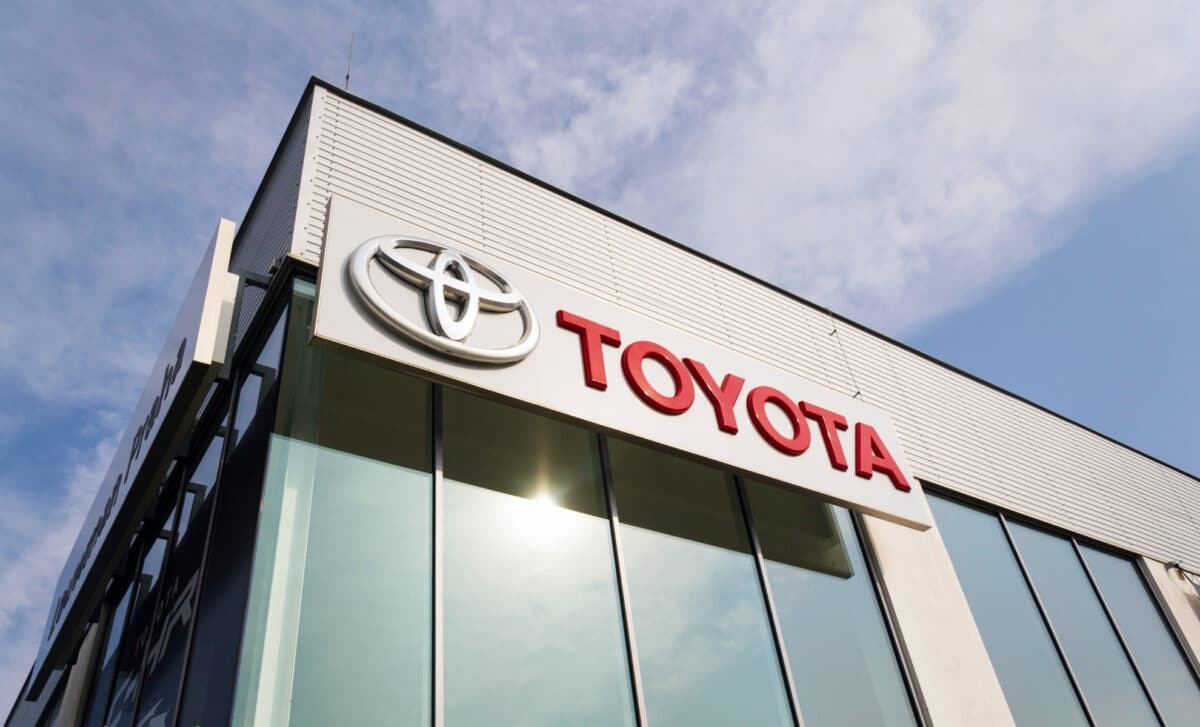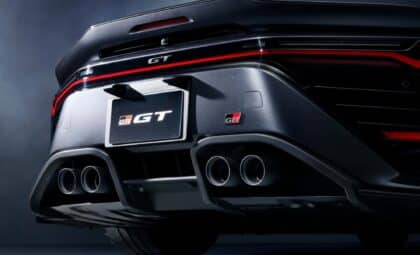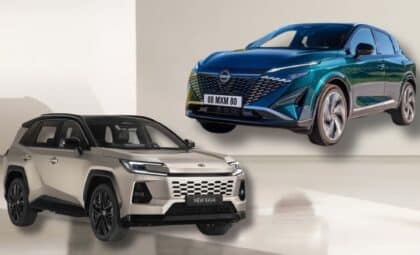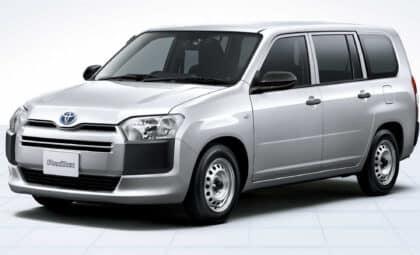The Liberty facility is Toyota’s first battery plant outside Japan and stands as a central element of the company’s long-term electrification strategy in North America. Built on a 1,850-acre site, the factory signals Toyota’s move to scale up hybrid and electric vehicle production in response to market shifts and policy changes.
This investment push comes at a time of significant adjustment within the automotive industry. While fully electric vehicles are seeing a dip in consumer momentum, hybrid demand is surging—especially in the United States, where Toyota holds over half the market share in this segment. The new plant is expected to reinforce that leadership while bolstering domestic production capacity amid a shifting regulatory landscape.
A Milestone for Toyota’s US Operations
The North Carolina plant began production on November 12, 2025, and was described by Toyota Motor North America CEO Ted Ogawa as a “pivotal moment” in the company’s history, according to CNBC. The factory is designed to produce 30 gigawatt-hours of lithium-ion batteries annually once fully operational, powering a mix of hybrid, plug-in hybrid, and all-electric vehicles.
This new facility represents the largest individual manufacturing investment Toyota has made in the United States to date. The company noted that its total cumulative US investment will now approach $60 billion since it began operations in the country nearly 70 years ago.
The site is expected to create up to 5,100 jobs and includes 14 production lines that will supply batteries for models such as the Camry HEV, Corolla Cross HEV, RAV4 HEV, and a future three-row electric SUV.

Aligning With Evolving Mobility Goals
While market enthusiasm for electric-only vehicles has cooled, Toyota’s strategy has stayed focused on diversified electrification. Hybrid vehicle sales in the US are continuing to outpace expectations, and Toyota’s longstanding focus in that area appears to be paying off. The company leads hybrid sales through Q3 2025 with a 51% share, based on data from Motor Intelligence.
The Liberty plant is a direct outcome of US government initiatives to bring more battery production onshore, a priority that gained momentum in recent years. Although the project was first announced back in December 2021, Toyota’s continued investment trajectory suggests a long-term commitment to reshoring its supply chain and mitigating geopolitical and tariff-related uncertainties.
During a press event, Transportation Secretary Sean Duffy called the announcement a “show of confidence” in the current administration’s policies aimed at strengthening domestic manufacturing. Fox Business reported Duffy’s remarks, highlighting the government’s emphasis on creating well-paying industrial jobs and stimulating regional economies through large-scale infrastructure projects like this.
Investing in Workforce and Infrastructure
Beyond the production lines, Toyota is positioning the Liberty site as more than just a factory. The facility will also feature a range of amenities designed to support employees and build community ties—among them, an on-site medical clinic, pharmacy, childcare center, and fitness facility. These additions are part of a broader effort to attract and retain skilled labor in a highly competitive job market.
This human-centered approach to manufacturing was emphasized during Toyota’s public statements, underscoring the company’s efforts to invest not just in technology but in people and local economies. As more production lines are added by 2030, the plant is expected to become a central hub for Toyota’s electric and hybrid vehicle platforms in the region.









